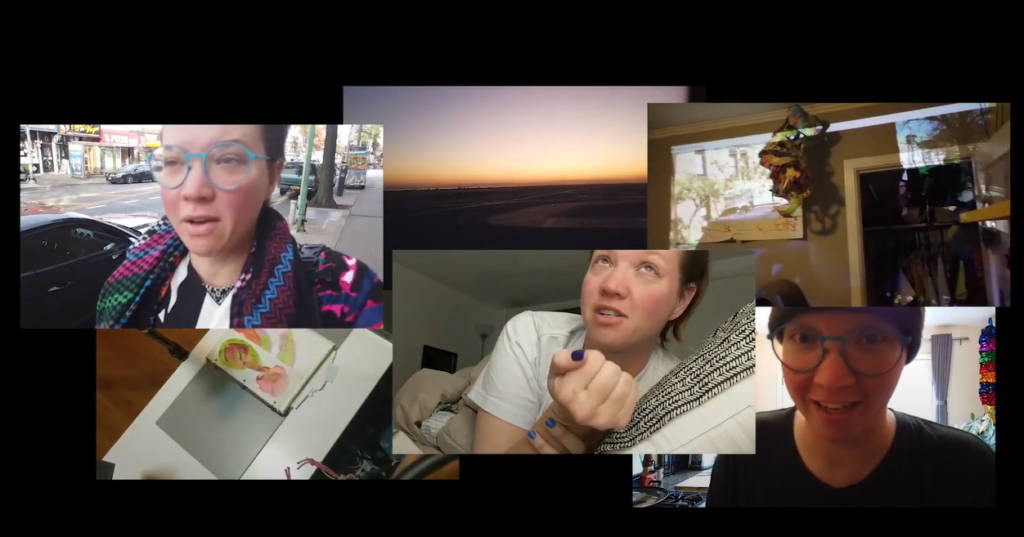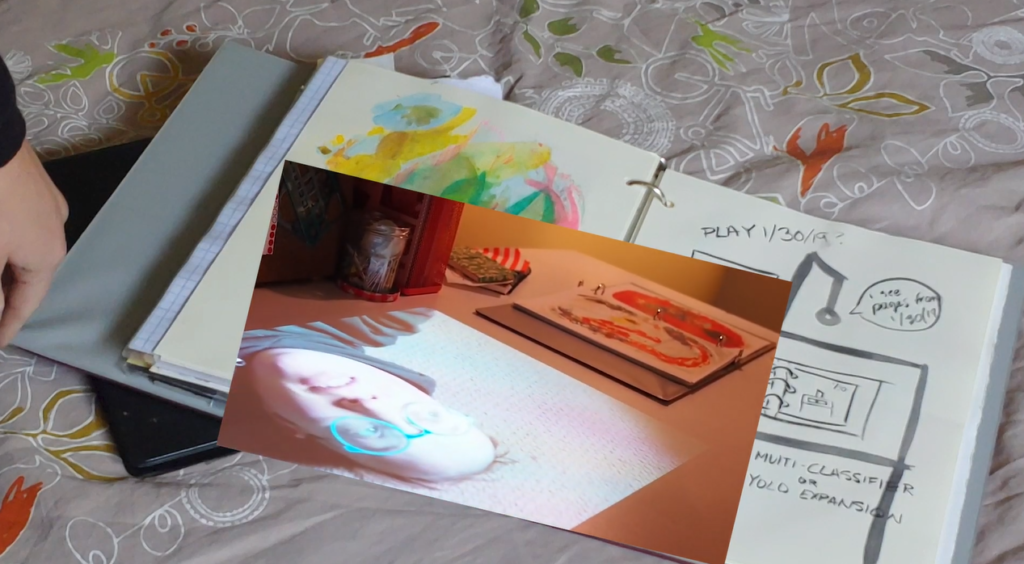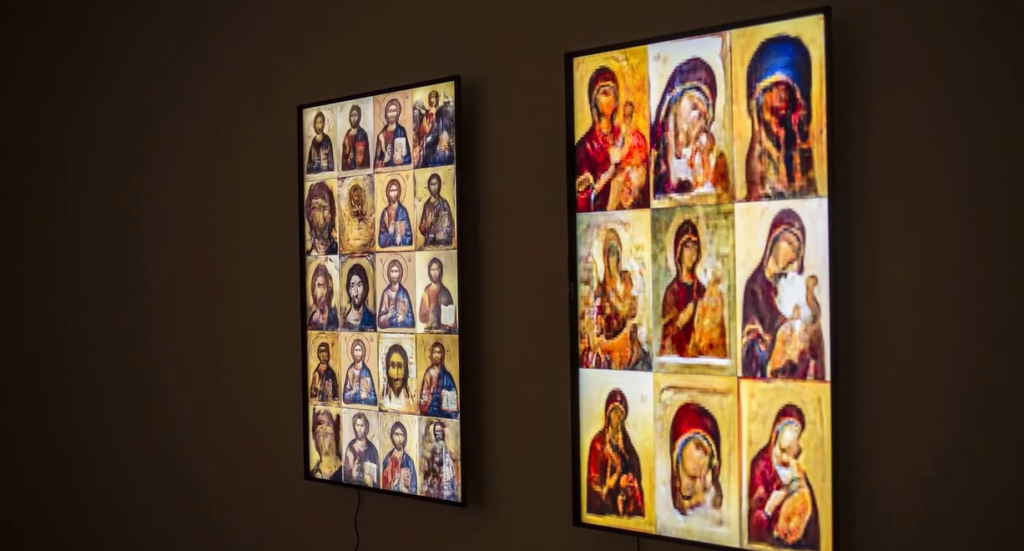Werzowa Ludwig
Diploma Thesis, TU Wien. 26/1/2020
Notifications via vibrotactile signals.
Level of design
The structure of this Thesis, is build upon two pillars. First, the author presents the theoretical part and the research conducted on the topic. The second pillar consists of the practical application of this acquired knowledge into programming and building a wearable device. The two pillars of theoretical analysis and practical work, are presented in order, but in a later alternating fashion, since a research-test-evaluate-research approach was used in the project development.
Degree of innovation
The degree of innovation is satisfactory. The author is not inventing any new technology nor is he introducing a brand new approach to vibrotactile communication. Instead, he is taking a user centered approach to the generic vibration communication of devices that exist today, and builds upon that. He gets inspired from the dissatisfaction of notification systems on smart devices and utilizes vibration in a more well-designed and human-centered fashion. Generally, the user has to adjust to the vibration signals on devices, while the author successfully reverses this pathway and adjusts the vibration signals to fit the user needs.
Independence
The level of independence of this work is significant. Even though the research on vibration as a communication medium was done with the intention to replace auditory notifications for smartphones, the research findings and analysis on human interaction to vibration can be fruitful for many other areas where communication via vibrotactile (vibrotactile=vibration through touch) interfaces is appropriate.
Outline and structure
The presentation design of this research is identical to the author’s real journey towards completing this project. The order of research, work and evaluation presented in this thesis, corresponds with the same real order the author followed.
Degree of communication
Right off, after a short introduction about the topic of notifications and vibration as a communication medium, the author presents the questions that will be answered in the pages that will follow. I find this to be a good way of presenting research. The reader, by being presented with those research questions early on, gets a chance to relate to them and build up the desire to find out the answer to those questions.
Scope of work
The presentation of the technical work, which includes the coding part and the hardware assembling, were clear and intuitive. The code and the application structure were analyzed and explained. Additionally the full extension of the code was provided in the literature as a website link, so that the reader, if familiar with the scripting language used, could analyze further, without the author’s simplification and explanation.
Spelling
I did not notice significant spelling mistakes. The only thing regarding this area that became apparent to me, was the fact that the tone of language would change from time to time. From analytical formal speech, to colloquial tone.
Accuracy and precision
Regarding the qualitative part of the research, the author chose to not only present his findings and the conclusions drawn out of them, but also the actual questionnaire that he designed and used when conducting the research.
Literature
The portion of analog and digital resources of literature were somewhat balanced, even though online resources were favored. Regarding the nature of the project and the coding/hardware research required, I find it inevitable that weblinks would dominate the literature.
I was very happy to find and read this thesis because it provided me with more than just the mere input for a thesis construction analysis, but also gave me valuable data for my upcoming Thesis research topic. Coincidentally, I am also interested in developing a wearable device that will communicate with the user through vibrotactile signals. This thesis serves as a great foundation for me.






